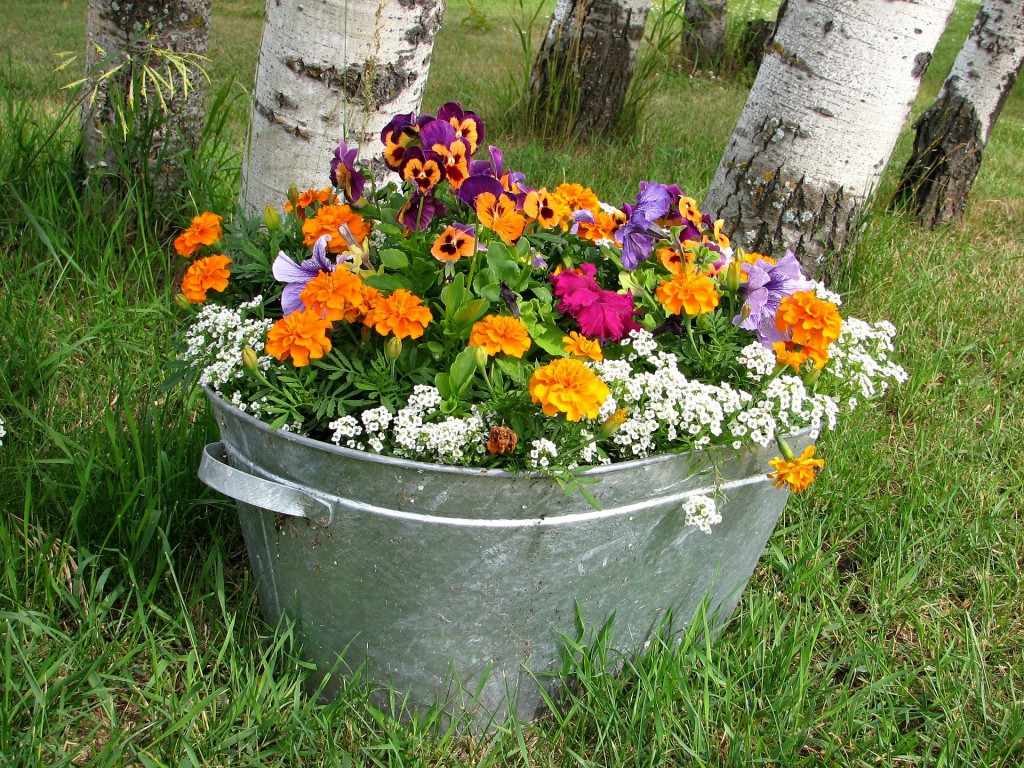
The leaves are falling and most of the trees are starting to go dormant. A good killing frost should be here anytime now and that will turn our grass and a lot of our plants brown. Why not add a little color to the yard to brighten things up? Planting pansies is a good way to do just that. With their colorful flowers and cold-weather tolerance, pansies are an easy landscape addition for this time of year. The month of November is a great time to plant pansies in our area. Pansies can be planted once the nighttime temperatures are consistently below 65 degrees usually for us around the end of October or November. The optimal growing conditions for pansies require soil temperatures between 45 °F and 65 °F for best growth. Pansies planted after soil temperatures go below 45 °F often appear stunted, develop stunted, pale green leaves and flower poorly. Root systems stressed by cold are less efficient in taking up nutrients. When soil temperatures fall below 45 °F, pansy roots literally shut down and stop functioning. On the other hand, pansies planted too early and exposed to warm temperatures can appear yellow. Their stems stretch, and new growth appears as small rosettes at the ends of stems. The plants flower poorly and become more susceptible to frost damage, insects and diseases. Pansies come in a wide variety of colors. Try planting white, gold and yellow pansies with purple ones or try some bright yellow and orange blooms with darker maroon or blue.
Here are a few things to consider when planting pansies. The first is location, choose a spot that gets full sun and drains well to prevent disease problems. Full sun means the pansies need to be in an area that receive 6-8 hours of direct sunlight. One suggestion is to pick a location with exposure to the morning sun to dry the dew. This will help discourage diseases. Prepare the bed by tilling up the top 4-6 inches of the soil. Then lay out the plants out spacing them 8 to 10 inches apart. Start planting the bed from the inside and move towards the outside so you won’t crush any flowers. Sprinkle in some time released fertilizer like osmocote then mulch plants with 2 to 3 inches of pine straw or mulch. Try to keep the bed moist, but not too wet. A good watering strategy is to water in the morning time. This allows the morning sunshine to dry the foliage and helps prevent disease. Groom pansy beds once a week by removing spent blossoms and seedpods. Old blossoms may harbor diseases.
For more information about planting pansies contact the Evans County Extension Office.